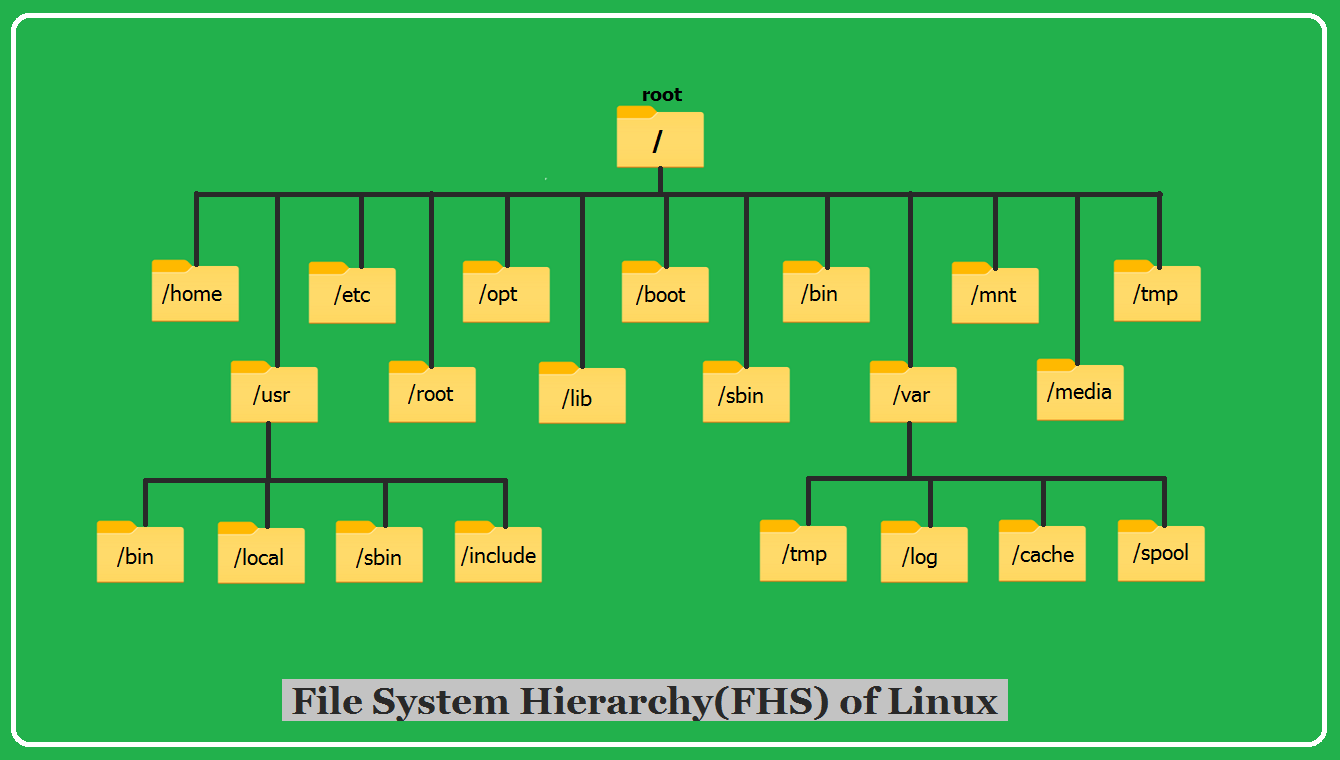The root directory, represented by “/”, is the top-level directory on the system. It contains files and subdirectories that are critical to the functioning of the system. For example:
/etc directory contains configuration files for the system. /var directory stores variable data such as log files. /root directory is the home directory for the root user. /home is where users’ home directories are typically located. /bin contains the binary file required at system bootup. /sbin same as /bin but the binaries required super user (root) privileges.
Other important directories include /opt, which is often used for installed software packages; /tmp, which is a temporary storage area; and /usr, which contains user-related data such as executables and libraries. There are also several mount points for external devices, such as /media and /mnt. Finally, the /run directory contains runtime data for processes that are currently running on the system. By understanding the purpose of each directory, you can better navigate your way around Linux.
